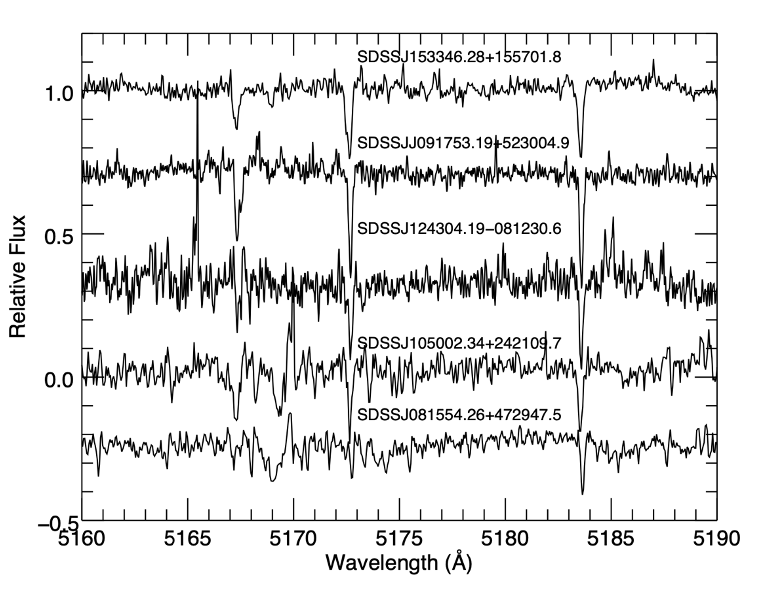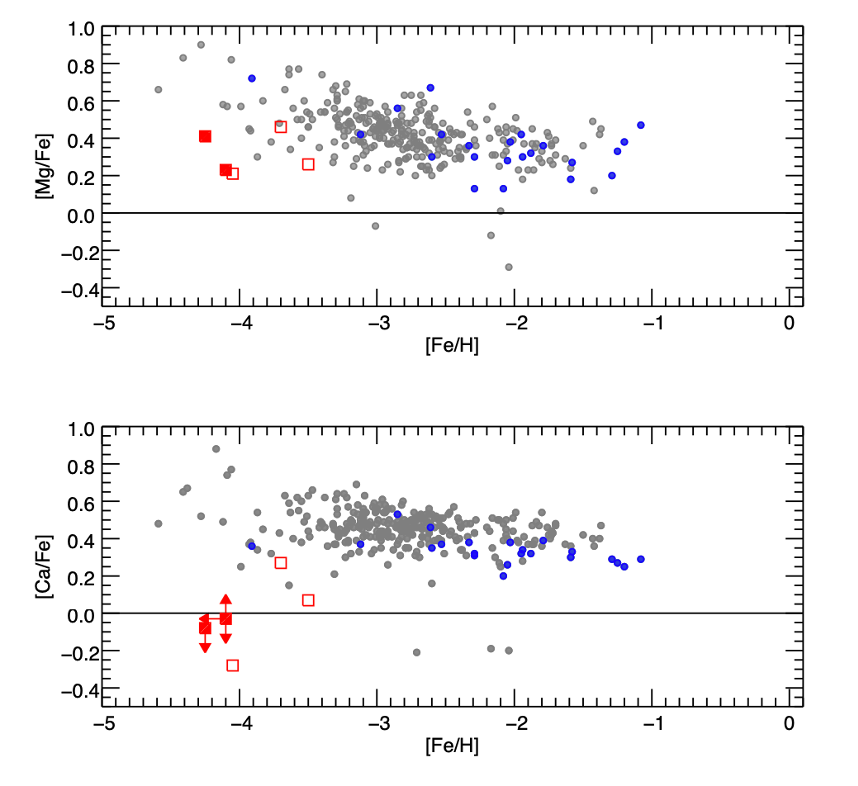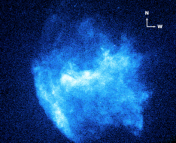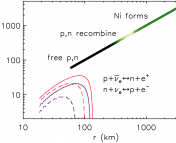Title: Detailed abundances in a sample of very metal poor stars
Authors: P. François, S. Wanajo, E. Caffau, N. Prantzos, W. Aoki, M. Aoki, P. Bonifacio, M. Spite, and F. Spite
First Author’s Institution: GEPI, Observatoire de Paris, PSL Research University, Paris, France
Status: Open access on ArXiv, accepted to Astronomy & Astrophysics
Background: Aren’t stars made of gases?
Stellar metallicity refers to the amount of a star made up of elements heavier than hydrogen or helium, or “metals” to astronomers (chemists would like to have a word with us). These heavier elements are formed by nuclear fusion in the stellar core as the star evolves. Metallicity is referred to in terms of the iron-to-hydrogen ratio or the alpha-to-iron ratio – where alpha refers to the alpha process elements such as carbon, oxygen, and neon. In the 1940’s, Walter Baade proposed a stellar classification system based on metallicity, splitting stars into Population I (metal-rich) and Population II (metal-poor). Since then, astronomers have created a third classification: Population III. This population contains extremely metal-poor stars which are thought to be artifacts of the early universe, before heavier elements were present in the interstellar medium. However, it’s important to note that Population III stars have not been observed and are currently purely hypothetical.
Metal-poor stars are of interest because – since they are so old – they can tell us important information about the early evolution of the universe. The number of known metal-poor stars has been growing rapidly since the 1980’s, and more recent surveys such as the Sloan Digital Sky Survey (SDSS) and the Radial Velocity Experiment (RAVE) have contributed many stars to the sample. However, many of the candidates still need high resolution spectra taken to find out more about these stars.
Calculating Metallicity
Metallicity is calculated using logarithms and is scaled relative to our sun. For the iron-to-hydrogen ratio, the equation is:

For the α-to-iron ratio, the equation is the same, except with respect to [α/Fe]. This same formula can be used to describe the abundances of other elements. The unit for metallicity is the “decimal exponent,” or dex. Since the metallicity is calculated with respect to our Sun, this means that stars with higher metallicities than the Sun have a positive dex, and stars with a lower metallicity have a negative dex.
The Paper:
The authors identify five candidate extremely metal-poor stars that did not previously have spectra. They use the High Dispersion Spectrograph (HDS) on the Subaru telescope to obtain high resolution spectra of their candidates. The spectra they obtained are presented in Figure 1. The temperatures and metallicities are listed in Table 1.

| Object | Temperature (K) | [Fe/H] (dex) |
| SDSS J081554.26+472947.5 | 6066 | -4.00 |
| SDSS J091753.19+523004.9 | 5858 | -3.50 |
| SDSS J105002.34+242109.7 | 5682 | -4.00 |
| SDSS J124304.19−081230.6 | 5488 | -3.50 |
| SDSS J153346.28+155701.8 | 6375 | -3.50 |
Table 1: A table showing the candidates’ names, temperatures, and [Fe/H] metallicities. For a sense of temperature, our Sun is roughly 5800 K. Adapted from Table 2 in the paper.
The authors focus on the abundance ratios of lithium, carbon, α-process elements, and neutron-captureelements. For lithium, they find that the abundance seems to increase as [Fe/H] decreases below -3.00 dex. They obtain an upper limit for carbon abundance that suggests that the targets could possibly belong to a strange class of stars known as carbon enhanced metal poor stars, or CEMPs. However, since it is an upper limit, they could just have normal carbon abundances. For the α-process elements, the authors obtained [Mg/Fe] and [Ca/Fe] abundances and plotted them with respect to [Fe/H]. These plots are shown in Figure 2. They find magnesium and calcium in all five stars, with calcium at sub-solar abundances in three of the five stars. The [Mg/Ca] ratio seems to increase as [Fe/H] decreases, but they state that more observations of stars with [Fe/H] < -4.00 dex would be necessary to confirm the trend.
Why does it matter?
Metal-poor stars can serve as a sort of “fossil record” of our galaxy, and of the universe. Increasing the number of known metal-poor stars and learning more about them through spectroscopy can provide us with insight about how the current elemental abundances came to be what they are today. They can also tell us more about the formation of newer stars and galaxies and can have broader implications about formation of celestial objects in general.





